The uncertain times are leaving many B2B businesses in a cloud of mystery.
What’s not hanging in the balance, however, is your customers' expectations.
In 2023 and beyond—regardless of the state of the world—your customers will expect value from your product or service.
They’ll expect—no, demand—customer outcomes.
Something else that’s unlikely to change in 2023 is budgets—and if they do, they’re going down.
The gloomy outlook for the coming year will leave many B2B businesses stuck in the mud, unable to drive net-new business because everyone’s tightening their belts.
Those businesses that stick to their customer-acquisition roots will struggle to stay afloat. Those that look ahead and use this as an opportunity to source revenue elsewhere will thrive.
Both of these 2023 inevitabilities will continue to put the spotlight on customer education.
Here are 5 can’t-miss customer education trends to keep in mind as you prep for what could be a turbulent 2023.
Customer Education Trends in 2023
-
The List of LMS Integrations Gets Longer
With customer education playing a bigger role in the growth engines of B2B companies, it’ll be more connected than ever to other teams, especially those tied directly to revenue, e.g., sales and marketing.
In 2023, more companies turning to customer education will look to connect their learning management systems (LMS) to the tools and technologies their revenue organizations actively use.
At the heart of this technological merger will be LMS-CRM integrations that help these teams boost awareness, accelerate deals, and generate better customer outcomes.
LMS integrations that center around customer success (CS) technology will also become the norm as companies look to augment their teams with academies that take work off their plates via self-service learning, accelerate time-to-value (TTV), and increase retention.
CEOs and other company leaders will encourage these integrations as a way to reduce reliance on CS during key stages of the customer journey, which, in turn, will help them cut costs and reinvest the funds elsewhere. -
Companies Monetize Their Content
Dwindling customer acquisition strategies and ongoing economic uncertainty are understandably putting pressure on companies.
Given the economic outlook for 2023—global growth is forecast to slow from 6% in 2021 to 2.7% in 2023—companies seeing their revenue streams dry up will scramble to find a new water source.
One of those streams will come from retention strategies—think upsells, cross-sells, and add-ons.
A stream that’ll emerge more in 2023 is course monetization, i.e., using customer academies as a money maker.
While customer education has traditionally been free—academy access is typically ungated or comes with the price of admission—more in-depth content could warrant a price tag.
A high-end certification course is a good example of this money-making power in play. Not only will customer education become common out of pure economic necessity, but employees will look at it as a way to advance their careers and stave off ongoing employment concerns. -
New Metrics Enter the Spotlight
Customer education teams have historically used metrics like course completion and enrollment rates as leading indicators of success.
These are still important metrics, but in 2023, they’ll no longer be enough to prove worth to the Leadership team.
Moving forward, CCOs and the rest of the leadership team will expect more tangible business impact.
This means that customer education leaders will increasingly shift their focus from high-level metrics to ones that tie directly back to the bottom line—think net revenue retention (NRR), net promoter score (NPS), and customer lifetime value (CLTV).
These metrics will be critical but hard to measure and definitively tie back to customer education. To that end, one of the most important customer education metrics in 2023 will be cost savings—and it’s easier to prove than you might think.
Here’s an example:
Before Customer Education: Implementation and customer onboarding required 10 customer success managers (CSMs) and 3 customer service reps for ongoing support.
The average CSM salary is $90k/year, while the average salary for customer service reps is around $35k.
That means every year, you’re paying at least $900k and $105k, respectively, to support your customers. After Customer Education: You only need 5 CSMs and 1 support rep after launching your customer education program.
Using the same average salaries, you’d save more than $450k every year—that’s $450k you can then reinvest in the product, marketing, or your tech stack. -
More Industries Embrace Customer Education
Customer education made a name for itself in the world of B2B SaaS. HubSpot was arguably the shepherd that ushered it in, using the HubSpot Academy to empower its customers while also keeping its pipeline full by making it readily available to all.
Since then, customer education is closing in on ubiquitous status in SaaS. While use cases and programs vary, just about every SaaS company employs some form of customer education—even if it’s a pop-up banner with a link to a webinar or in-app messaging that guides customers through the onboarding process.
SaaS companies will continue to embrace customer education as the ultimate growth driver. At the same time, more industries will open their eyes to it, including finance, healthcare, food & hospitality, and more. -
Customer Education Becomes Seamless
Digital Customer Education has come a long way in the past few years in terms of adoption and program maturity. That said, it still operates in a silo at many companies, especially when it comes to working with the existing tech stack—and I’m not just talking about integrations.
Historically, customer academies have been left in siloes; they were disconnected from websites and mobile apps, and overall, delivered a disjointing vibe that impacted the learning experience.
For internal admins, connecting learning data required jumping through hoops and navigating multiple workflows—both of which diminish the impact of learning on internal teams.
In 2023, the best customer education teams will work tirelessly to sync their academies with every brand touchpoint, especially any that customers land on.
What’s Next for Customer Education?
When I wrote about learning trends in 2022, I focused on the likes of microlearning, mobile and gamification. At the time, these trends dominated the industry as learning behaviors changed.
Fast forward to 2023, and the state of customer education is taking shape. As it does, new trends are entering the picture, including more leadership oversight, technological advancement, and use case expansion.
It’s on you—and every customer education leader out there—to embrace these trends and go into the new year with a plan.

.png?width=3251&height=1107&name=NP_ByGS_ColorLogo%20(1).png)


